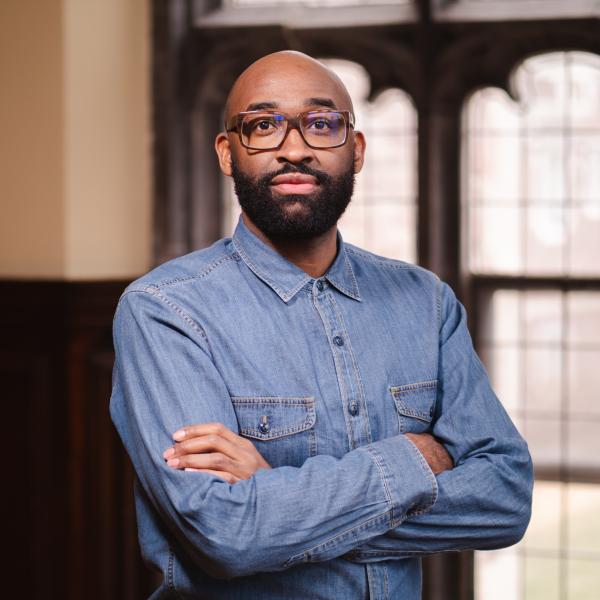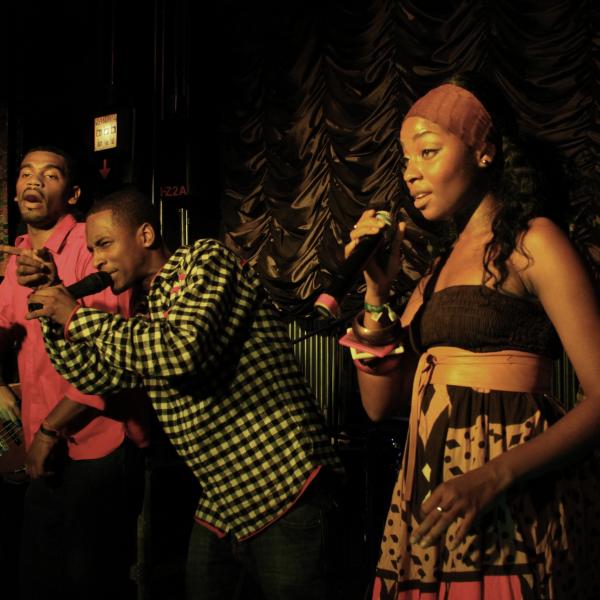Marking the 100th anniversary of the East St. Louis Race Riots, Kling Honors Fellow Allie Liss recounts the story of one of the nation’s worst episodes of racialized violence and its reverberations today.
Discussion of racial tension in St. Louis immediately brings to mind the death of Michael Brown in Ferguson, Mo., and the indignation and political movements it incited. Most people, both inside and outside of the St. Louis community, don’t understand the full extent of the history of discrimination and violence specific to our city. The year 2017 marks the 100th anniversary of the East St. Louis Race Riots, targeted at the African-American citizens of the city, which destroyed hundreds of homes, took hundreds of lives and forced thousands of citizens to flee. While East St. Louis and Ferguson are separated by only about 10 miles, the two events are rarely seen as part of a cohesive historical arc of regional racial inequality and violence.
In the beginning of 1917, black workers were brought in to replace striking white workers at the Aluminum Ore Company in East St. Louis. While the black workers were paid less-than-fair wages and operating in terrible conditions, their employment incited increasing anger and distrust among the existing white immigrant population. On May 28, 1917, rumors of an attempted robbery of a white man by an armed black man began to circulate. In response to this news, on top of already mounting tension, angry mobs formed, beating all black pedestrians and streetcar and trolley riders. Eventually, the governor called in the Illinois National Guard, and the violence dissipated. But the events of May 28 were a mild prelude to the violence just over a month later. On the night of July 2, 1917, hundreds of homes were burned down and hundreds of people were killed in racially motivated acts of violence. White rioters burned down homes, forcing the black inhabitants to choose between burning alive in their homes or fleeing into an angry mob and gunfire. Thousands more black East St. Louis residents fled the city, settling in other areas around St. Louis, including Kinloch and Ferguson.
The East St. Louis 1917 Centennial Commission and Cultural Initiative was formed in 2014 under the leadership of Chairman John A. Brown in order to create a multifaceted and ongoing commemoration of the race riots through education, cultural programming and historical documentation. The commission aims to ensure that the East St. Louis race riots are not forgotten and, furthermore, that they become an important piece of the collective history of the city and its residents. After several months of smaller events, the main commemoration began with a conference at the East St. Louis Higher Education Complex May 26–28, 2017, with Charles Lumpkins, author of American Pogrom: The East St. Louis Race Riot and Black Politics, serving as the keynote speaker. After that, there was a cultural event sponsored by the commission each weekend, spread out across the city, through the 100-year anniversary on July 2–3, 2017. Commemoration programs included artistic work, cultural activities, academic programming and more. By offering a variety of activities and events, and spreading them out over both time and space, the commission aimed to encourage participation by as many residents and interested community members as possible.
While this commemoration was specific to East St. Louis and the events that took place there, it simultaneously draws attention to the way that we hold these things in our personal, communal and institutional memories. Artistic representation, historical documentation and cultural remembrance activities are all powerful ways to both meaningfully interpret and reclaim the historical significance of an event. We remember the East St. Louis Race Riots not only because they are an important historical event but because the consequences of the race riots have affected, and will continue to affect, the physical, social, economic and political landscape of the entire region. One cannot begin to understand current racial divides and sentiments in this city without understanding the imperative role that the East St. Louis Race Riots play in that history.
This violence has left both a lasting physical and emotional scar on the city of East St. Louis. The areas that were burned down in the fire were never rebuilt, and many pillars of the black community were killed or fled and never returned. While the race riots have particular significance locally, they also incited change nationally. The NAACP and the Urban League both cite the East St. Louis Race Riots in their organizing principles. The current mayor of East St. Louis, Emeka Jackson-Hicks, was quoted last year in the St. Louis Post-Dispatch as saying, “We can’t own our future without owning our past.”
Ideally, this commemoration will not be a one-time event. The goal is to make this a starting point for both ensuring that the race riot is adequately remembered and documented as a historical event, and that it can become a part of the greater history of racial violence and oppression in the St. Louis community. Hopefully this can help to draw an arc between the race riots in the early 20th century and everything going on in Ferguson and with the Black Lives Matter movement today. While it is imperative to recognize the importance of the race riots, this story is not unique to St. Louis; it is part of a pattern that persists across the country. By commemorating the race riots, and recognizing the effects of this dark moment in our history, we can move forward and create positive change.


